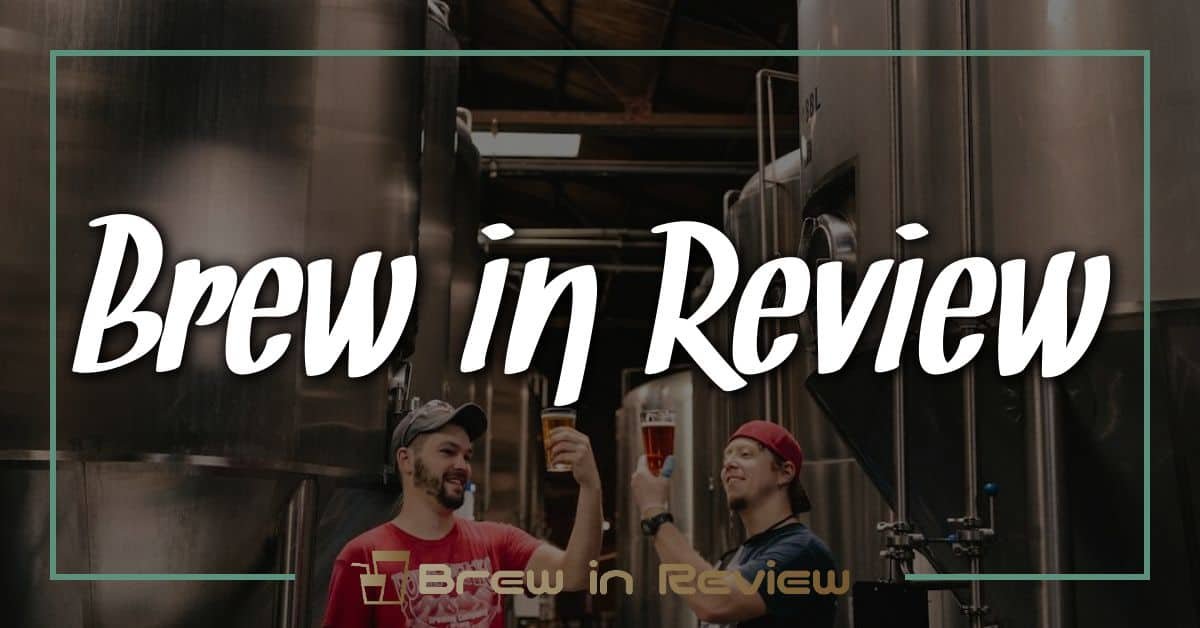Beer and advertising have always shared a unique bond, evolving together through the decades. From catchy jingles to memorable slogans, the way beer is marketed reflects not just changing tastes but also shifting cultural landscapes. I find it fascinating how these campaigns have shaped our perceptions of beer and the social experiences surrounding it.
Overview of Beer Advertising
Beer advertising has transformed significantly throughout the decades, showcasing not just the product but cultural narratives and consumer aspirations. In the early 20th century, ads largely focused on the beer’s quality, often emphasizing traditional brewing methods and local ingredients. Slogans and images highlighted craftsmanship, appealing to customers’ desire for authenticity.
As the decades progressed, the storytelling aspect became more pronounced. The 1960s and 1970s saw the rise of catchy jingles and memorable mascots, which created a connection with consumers. Iconic characters and humorous situations became popular, drawing laughs while promoting the beer.
In the 1980s and 1990s, beer advertising shifted again, embracing themes of socialization and lifestyle. Ads often showcased groups of friends enjoying beer at parties or events, linking the drink with memorable moments and community connections. With the advent of cable TV, brands started targeting specific demographics, tailoring their messages to resonate with varied audiences.

Today, digital platforms and social media play a crucial role in beer advertising. Influencer partnerships and user-generated content allow breweries to engage more directly with consumers. Campaigns often focus on inclusivity and sustainability, reflecting current societal values. This evolution in beer advertising not only mirrors consumer preferences but also shapes perceptions around beer as a staple in social experiences.
The 1950s: The Golden Age of Television
The 1950s marked a significant period in beer advertising, coinciding with the rise of television as the dominant medium for reaching consumers. During this decade, brands began to create memorable ads that not only showcased their products but also embraced the emerging cultural landscape.
Iconic Commercials
Iconic commercials from the 1950s played a pivotal role in shaping beer advertising. Budweiser’s “This Bud’s for You” campaign, introduced later in the decade, resonated with audiences and set the stage for future advertising. Miller Lite’s “Great Taste, Less Filling” tagline became an early example of humor in advertising, capturing attention and fostering brand loyalty. These memorable campaigns utilized catchy music and visual storytelling, embedding beer brands into the fabric of American life.
Influence on American Culture
Beer advertising in the 1950s significantly influenced American culture by reflecting the post-war optimism and changing social dynamics. Advertisements often portrayed idyllic family gatherings and friendly neighborhood BBQs, reinforcing the notion of beer as a social lubricant. The ads not only targeted a male audience but also began recognizing the role of women as consumers. As a result, beer became associated with leisure and celebration, intertwining with the American Dream that characterized the era. The foundation laid during the 1950s set the stage for future advertising strategies, establishing beer as a staple in cultural celebrations and everyday life.
The 1960s and 1970s: Shifting Tactics
The 1960s and 1970s marked significant changes in beer advertising, driven by cultural shifts and evolving consumer attitudes. Catchy jingles and memorable mascots became essential tools for brands, making connections with drinkers through humor and relatable scenarios.
The Rise of Humor
Humor played a key role in advertisements during this period. Brands embraced lightheartedness to engage audiences. For instance, the classic Miller Lite campaign featured the famous tagline “Tastes Great, Less Filling,” coupled with comedic sketches that highlighted the paradox of enjoying a lighter beer. This approach allowed consumers to relate to the fun of social drinking and positioned the beer as an exciting choice for gatherings. Ads like these transformed beer marketing into a form of entertainment.
Celebrity Endorsements
Celebrity endorsements surged in popularity during the 1960s and 1970s, leveraging star power to attract attention. Notable figures, including sports icons and movie stars, represented beer brands, making them relatable and aspirational. For example, actors like John Wayne and NFL players featured prominently in ads, showcasing a lifestyle associated with consuming their products. These endorsements not only elevated brand visibility but also linked beer with a sense of success and sophistication, further enticing consumers to choose those brands over others.
The strategies of humor and celebrity endorsements during the 1960s and 1970s reshaped beer advertising, creating memorable connections with consumers and paving the way for future marketing innovations.
The 1980s: Bold and Trendy Campaigns
The 1980s marked a dynamic era in beer advertising, characterized by bold visuals and innovative marketing strategies that captured the attention of consumers.
Innovative Marketing Strategies
I remember how brands embraced vibrant colors and energetic imagery in their campaigns during the 1980s. Ads featured elaborate parties, outdoor gatherings, and youthful, carefree lifestyles to resonate with a burgeoning demographic eager for fun. Companies like Budweiser and Miller Lite experimented with techniques such as humor and clever storytelling. This trend towards more elaborate narratives made beer ads memorable and aligned perfectly with the social dynamics of the decade. Making the viewer feel part of the joyful moments became a hallmark of many successful campaigns.
The Birth of Brewpubs
The 1980s also witnessed the rise of brewpubs, transforming the beer landscape significantly. Brewpubs combined the craft of brewing with a dining experience, drawing beer enthusiasts together in a vibrant, social setting. This innovative concept not only showcased unique beer varieties but also fostered a community around craft brewing. Many of these establishments encouraged interaction between brewers and patrons, giving people insight into the brewing process that had previously been kept behind closed doors. This movement played a crucial role in popularizing craft beer culture, showcasing the creativity and diversity that existed within the brewing world.
The 1990s: Expansion and Diversification
The 1990s ushered in a dynamic phase in beer advertising, characterized by expansion and diversification as brands sought to connect with a broader audience. This era marked the rise of niche marketing strategies tailored to specific consumer groups.
Targeting Niche Markets
Brands began to recognize the importance of niche markets during the 1990s. Craft breweries emerged, targeting beer enthusiasts who craved unique flavors and styles. I saw firsthand how these breweries capitalized on consumer interest in artisanal products, emphasizing their distinct brewing methods and local ingredients. Advertisers crafted campaigns that celebrated the craft beer movement, showcasing small-batch brewing and regional ingredients. For example, Sierra Nevada emphasized its commitment to quality, creating ads that highlighted its environmental stewardship and dedication to traditional brewing techniques. This marketing approach attracted discerning consumers who sought authenticity and community connections in their beverage choices.
The Role of Sports Sponsorships
The 1990s also saw an explosion of sports sponsorships in beer advertising. Major brands like Budweiser and Coors established partnerships with professional leagues, leveraging the cultural significance of sports to build brand loyalty. I often noticed how these campaigns paired thrilling athletic performances with the enjoyment of beer, creating a narrative that positioned beer as a quintessential part of the sports experience. Ads frequently featured memorable catchphrases and sponsorships of major events, like the Super Bowl, enhancing visibility among a diverse audience. This strategy not only expanded brand reach but also solidified beer’s role in socializing during game days, connecting the joy of sports fans with the pleasure of enjoying a cold brew.
Throughout the 1990s, beer advertising evolved to reflect changing social dynamics, pushing boundaries and paving the way for innovative marketing strategies in the years to come.
The 2000s to Present: Digital Transformation
The 2000s brought a seismic shift in beer advertising, mainly driven by digital transformation. With the rise of the internet and social media, breweries adapted their marketing strategies to engage consumers in new and interactive ways.
Social Media Influence
Social media platforms became essential tools for beer brands. I noticed how breweries use platforms like Instagram and Facebook to showcase their latest brews, share brewing processes, and connect with enthusiasts. Engaging content, such as behind-the-scenes videos and user-generated photos, captures the culture of brewing and fosters community. These platforms allow consumers to engage actively, share their experiences, and create a sense of belonging within the beer community.
Changing Consumer Preferences
Consumer preferences shifted significantly during this era, emphasizing craft beer’s uniqueness and quality over mass-produced options. I find that consumers now seek authentic stories behind the brands they support. This trend leads breweries to highlight their local sourcing, sustainable practices, and the passion behind their brewing techniques. As a professional brewer, I’ve seen firsthand how these changing preferences have encouraged the exploration of innovative flavors and styles, inspiring both home brewers and commercial breweries to experiment with ingredients and techniques.
Conclusion
It’s fascinating to see how beer advertising has evolved over the decades. Each era brought its own unique flavor and style that not only captured the essence of the time but also reflected our changing tastes and social dynamics. From catchy jingles to engaging social media campaigns, these ads have shaped our experiences and perceptions around beer.
As I look back on this journey through beer advertising, I can’t help but appreciate the creativity and innovation that have kept the industry vibrant. It’s a reminder of how deeply intertwined beer is with culture and community. Here’s to many more years of memorable ads and the stories they tell!




